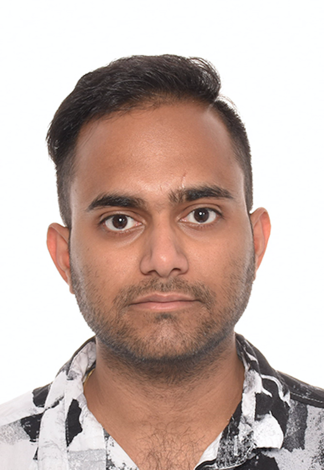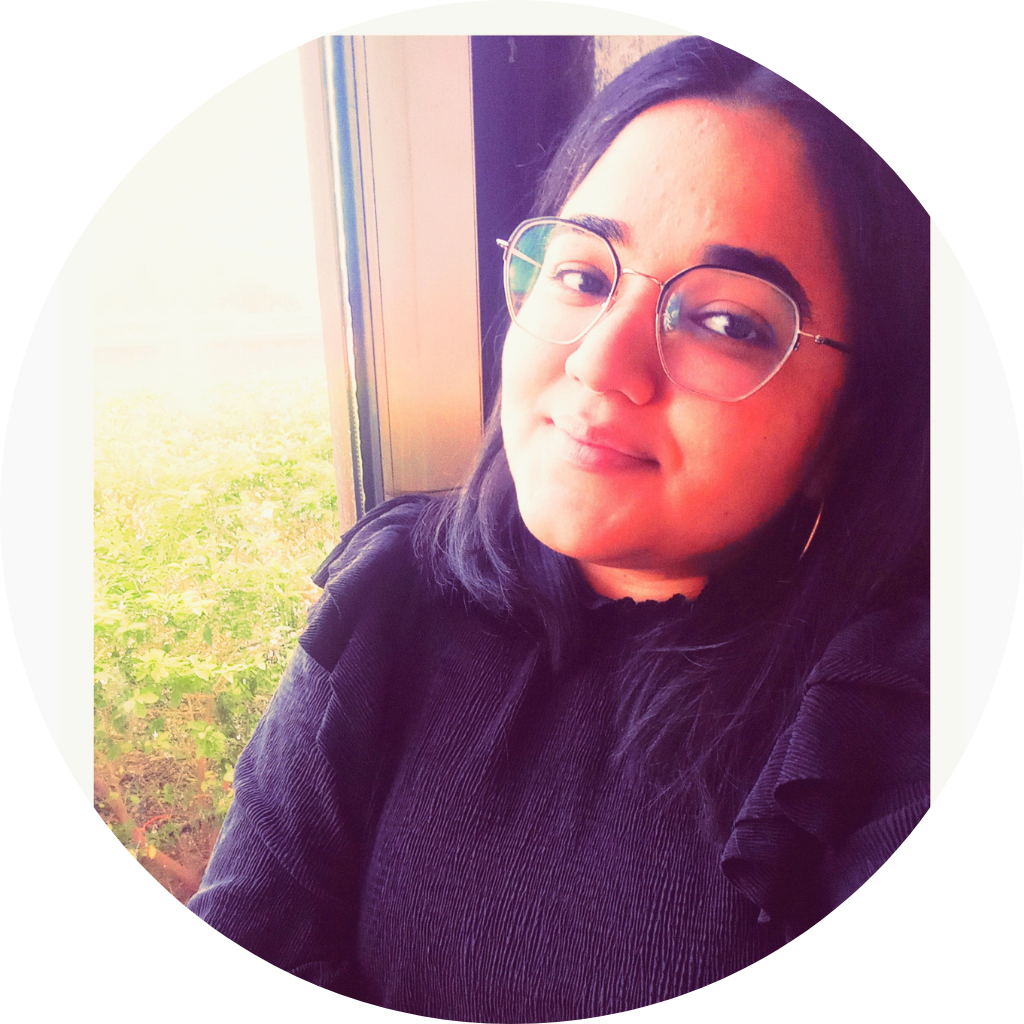About author
Prince Kumar Lat has a background in engineering and a deep interest in biology. He is a passionate and interdisciplinary researcher. He completed his B.Tech in bioengineering from IIT Kanpur, India and a Ph.D. focussed in biophysics and computational biology from Simon Fraser University, Canada. He has published 6 high-impact research articles spanning the domain of DNA nanotechnology, Cancer genomics, immunology, neurodegenerative disorders, in-silico simulations, and computational biology. He aims to utilize his teamwork, programming and mathematical skills for social good. He has an eagerness to promote science and a quest to improve the quality of human health through his research. When he is away from his lab, he enjoys writing poetry, playing flute and Tabla.


